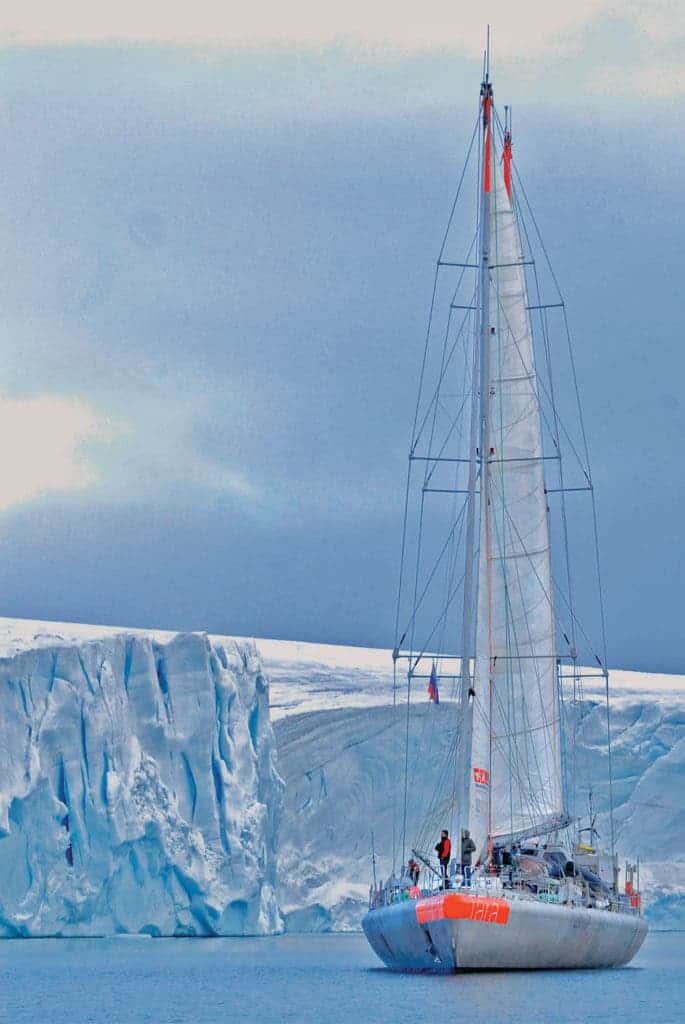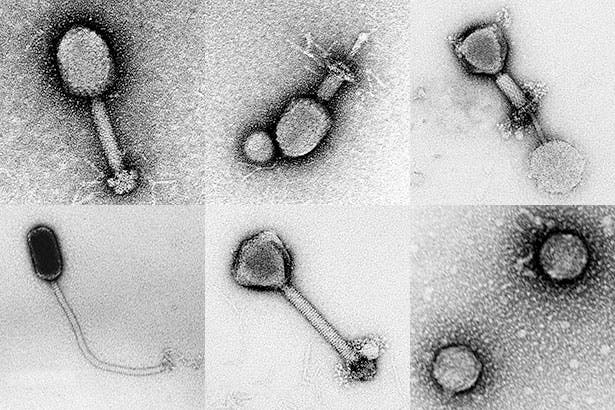The ocean is teeming with life — just probably not the kind of life you’d want around you.

If you’ve ever been to the beach, then you probably swallow a mouthful or two of seawater. Along with the water, you’ve chugged about 1 million viruses and 0,1 million bacteria. Not to worry you even further — but we aren’t really sure what those microorganisms are in the first place.
A 2015 study cataloged 5,476 distinct kinds of viruses in the ocean. In 2016, the same team updated its count to 15,222. Now, that number has been blown out of the water, with the latest effort identifying 195,728 distinct kinds of viruses.
“This new understanding of viruses from the northern pole to the southern pole and from the surface to 4,000 meters deep may help scientists better understand how the oceans will behave under the pressures of climate change,” said Ahmed Zayed, co-lead author of the study and microbiology doctoral student at The Ohio State University.
“This is a massively expanded ‘catalog’ of ocean viruses, which we used to draw the first global map of viral diversity,” Zayed added.
The data was gathered from 146 samples taken on several expeditions aboard the schooner Tara — a research expedition which collected samples from the surface to different depths and from pole to pole.
Researchers first analyzed genetic material in the samples to assess whether it was viral or not and then used bioinformatic tools to compare it to known viruses. Defining a viral species is controversial so instead, the team classified the viruses into “populations”, with a population having at least 5% unique DNA.

So what do you do with such a large dataset? Well, you study it, because many of these viruses are new to science, and their role in the community and ecosystem is not yet known. Viruses play a major role in global biogeochemical cycles, including the carbon cycle, and there are important knowledge gaps to be filled.
The genomes indicate adaptations to different types of marine environments, and already, the preliminary findings seem to clash with some existing scientific theories.
“There’s this paradigm that diversity is highest at the equator, and lessens as you move towards the poles,” Zayed said. However, the polar areas were also teeming with viral biodiversity, and we’re not really sure why. Some 40% of the new populations came from the arctic.
Also, the viruses might be useful in a different way: it could be mined for new genes, with this genetic information potentially paving the way for new antibiotics.
Lastly, researchers warn that this is far from exhaustive — in addition to any species that might have been missed by scientists, the study only looked for viruses that have DNA, which leaves out an entire class of RNA-only viruses. Largely speaking though, we can say that oceanic micro-biodiversity has been thoroughly mapped for the first time.
Was this helpful?



